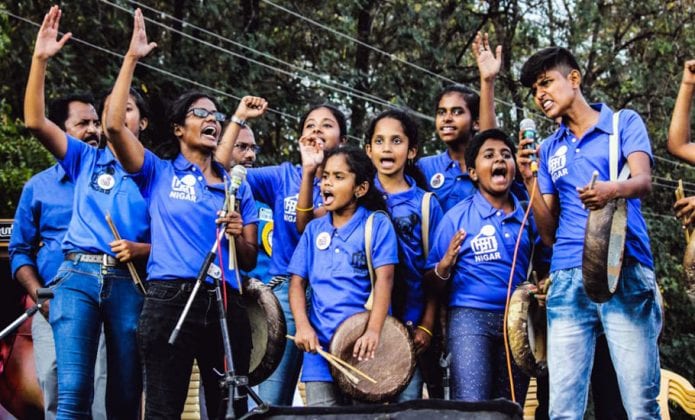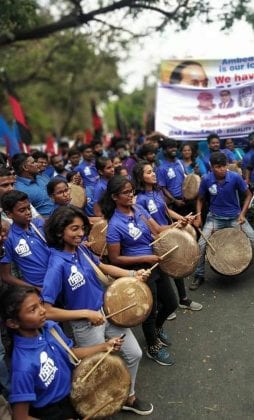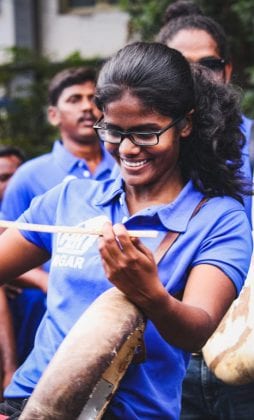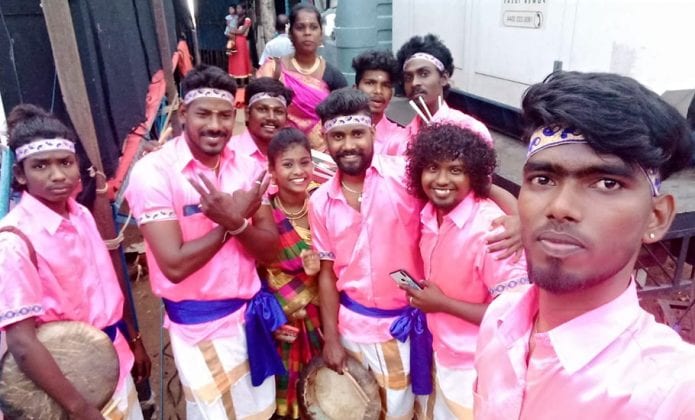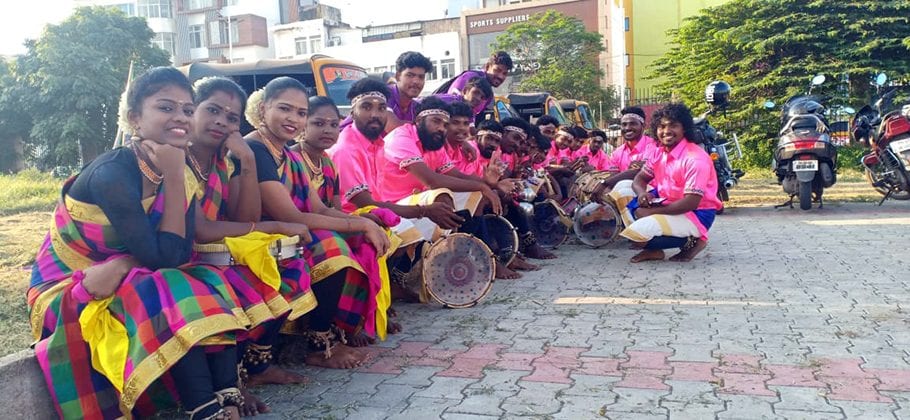
- Home
- India
- World
- Premium
- THE FEDERAL SPECIAL
- Analysis
- States
- Perspective
- Videos
- Sports
- Education
- Entertainment
- Elections
- Features
- Health
- Business
- Series
- In memoriam: Sheikh Mujibur Rahman
- Bishnoi's Men
- NEET TANGLE
- Economy Series
- Earth Day
- Kashmir’s Frozen Turbulence
- India@75
- The legend of Ramjanmabhoomi
- Liberalisation@30
- How to tame a dragon
- Celebrating biodiversity
- Farm Matters
- 50 days of solitude
- Bringing Migrants Home
- Budget 2020
- Jharkhand Votes
- The Federal Investigates
- The Federal Impact
- Vanishing Sand
- Gandhi @ 150
- Andhra Today
- Field report
- Operation Gulmarg
- Pandemic @1 Mn in India
- The Federal Year-End
- The Zero Year
- Science
- Brand studio
- Newsletter
- Elections 2024
- Events
- Home
- IndiaIndia
- World
- Analysis
- StatesStates
- PerspectivePerspective
- VideosVideos
- Sports
- Education
- Entertainment
- ElectionsElections
- Features
- Health
- BusinessBusiness
- Premium
- Loading...
Premium - Events
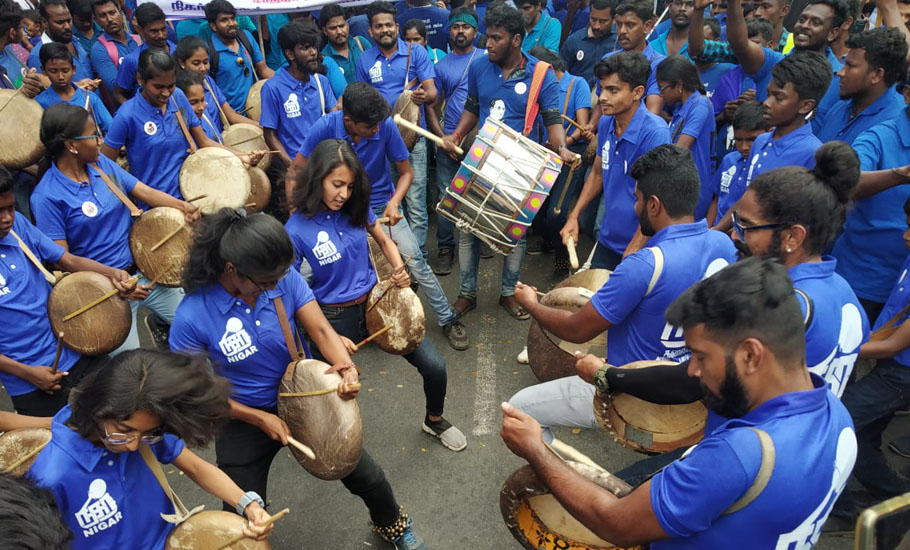
Parai attam: Drumming up change was not easy, but it's happening

On a February Friday, in an unassuming alley outside a marriage hall in Madurai, two kids break into a jig in tune with the beating of the drums. Inside the hall, the coy bride is waiting for her groom, her heart beating hard. As guests start crowding the venue, both her heartbeats and the sound of the drums grow louder. By now, even passersby couldn’t help but stop to catch a glimpse of...
On a February Friday, in an unassuming alley outside a marriage hall in Madurai, two kids break into a jig in tune with the beating of the drums. Inside the hall, the coy bride is waiting for her groom, her heart beating hard. As guests start crowding the venue, both her heartbeats and the sound of the drums grow louder. By now, even passersby couldn’t help but stop to catch a glimpse of the drummers playing the ‘once-forbidden’ Parai — one of the oldest percussion instruments.
Until recently, Parai could be heard mostly during funeral processions in Tamil Nadu and played only by Dalit men. A hollow drum made of a wooden ring, with cow skin stretched on one side and played with two unequal sticks, Parai is usually accompanied by a folk dance — aattam; hence, the name Parai Attam.
The folk art for time immemorial has been associated with the Paraiyars, a sub-sect of Dalits in Tamil Nadu who used to play it historically. But Parai performances at marriage functions are in stark contrast with the caste and gender stigma associated with it.
Although parai is said to have been played by women too in the Sangam era, their association with the instrument was discouraged because of the funeral processions.
However, in recent years, a transformation is being seen and playing parai seems to have entered the mainstream, with its performance in almost all political and social functions, including marriages. What’s more, women too have come a long way in breaking the gender stigma associated with it.
Finding liberation
According to P Rathna, a professor in Chennai, Parai music has always been there “in the blood of every Tamilian”.
“Born in an orthodox family, though I was subjected to various oppressive narratives and stories, the interest for the art was always within me,” she says.
But it was only after her marriage, Rathna says, that she could learn parai. “My husband always supported me in doing so.”
Rathna is part of Buddhar Kalai Kuzhu, a Parai revival group that took the lead in declaring that they will play parai not just in funerals but all other functions.
A key element of their performance is the slogan before the play.
Parai! ongi olikkattum
Ithu uzhaikum makkalin viduthalaikanathu
Engal parai mulakam savukaga alla
Uzhaikum makkalin valvukanathu
Ongi adipathil kiliyattum Paraigal alla, suya sathiya perumai pesuvor mugathiraigal
Let the parai sound loud
For the liberation of the working people
Our Parai shouts not for death
But for the life of the working people
By beating loudly, let it tear, not the Parai,
but the facemasks of proud casteists
“We are trying to bring parai into the hands of all people irrespective of their caste,” says the professor, who says she felt liberated playing the instrument.
After the Buddhar Kalai Kuzhu, college students and working professionals followed suit and started learning parai. Though the transformation is believed to have started in the early 2000s, a lot of small and big groups took parai to the masses as a symbol of resistance towards caste, gender and class inequalities in society.
Women face bias
Admitting that the people playing Parai continue to face casteist slurs, P Chandrika, a PhD scholar who is part of Nigar Kalaikoodam in Coimbatore, says that more than the caste stigma, it is the gender bias that she finds difficult to overcome.
“In the initial days, I was the only woman in our troupe and it was a herculean task to convince my parents. Then, after you take to the stage, there comes the abuses from the audiences. The art form was always looked down upon and so was the character of the person performing it. So, I was subjected to a lot of abuses, in person as well as online,” Chandrika laments.
“One reason for the abuses is that we do not entertain the ‘traditional’ way of dressing while playing parai and would wear T-shirts, jeans and shoes while playing parai. So, people who wanted the caste hierarchy to continue could not tolerate it,” Chandrika says.
Traditionally, Dalit men playing parai would wear only a veshti and would not have even a footwear as the occasion usually would be a funeral.
Echoing Chandrika, M Kamali of Friends Kalaikuzhu group says she took it as a challenge as no woman took up the art form. “Although Parai has been a symbol of resistance, it was once dominated by men and had limited space for women. Particularly, married women had very limited space. Even my husband who was supportive before marriage, was hesitant to allow me to play parai after marriage. But I managed to convince him that we need to break this patriarchy,” she explains.
Different story down south
Although women in cities manage to convince their families and break the barriers, those in the southern districts of Tamil Nadu have to find different ways to keep their practice hidden from family members.
A second-year graduation student K Rukmini, who is a native of Ramanathapuram district, could not convince her parents to allow her to play parai.
“They don’t get it. First it was the caste factor. It took months to change their perspective. Then they said it is not meant for women but allowed me to be a part of the drama troupe. So,I took it as a chance and would go to learn parai and perform on stage. They still do not know that I play parai,” she says.
Like Rukmini, a group of students from different colleges and their friends have joined a group of folk artistes to practice and play Parai.
A woman member from the group in Madurai who did not want to be named says, “Although some youths in the village want to keep the caste conflicts and hierarchy alive, we do not want it anymore. We are all educated and it took decades to understand the things that were going around us. Now, we silently practise in one of our friends’ place, and perform on stage rarely. That too only if it is outside Madurai district.”
However, Parai artist Anitha Balachandar, a scientist born into a Brahmin family, says she never saw caste in the art form.
“I was initially learning some other folk art and was introduced to thappattam only a year later. Neither I nor my family members thought it was associated with a particular caste or that we should not practise it. We do have parai at our house and no one has questioned us. We want to take the folk art to the masses,” she says.
Writer and MP D Ravikumar of Viduthalai Chiruthaigal Katchi (VCK) begs to differ. He feels that mainstreaming parai doesn’t take away the stigma attached to the Dalits.
“Dalits playing parai used to be forced labour. If people really want to end the parai’s association only with Dalits, they have to stop normalising it,” he says.

